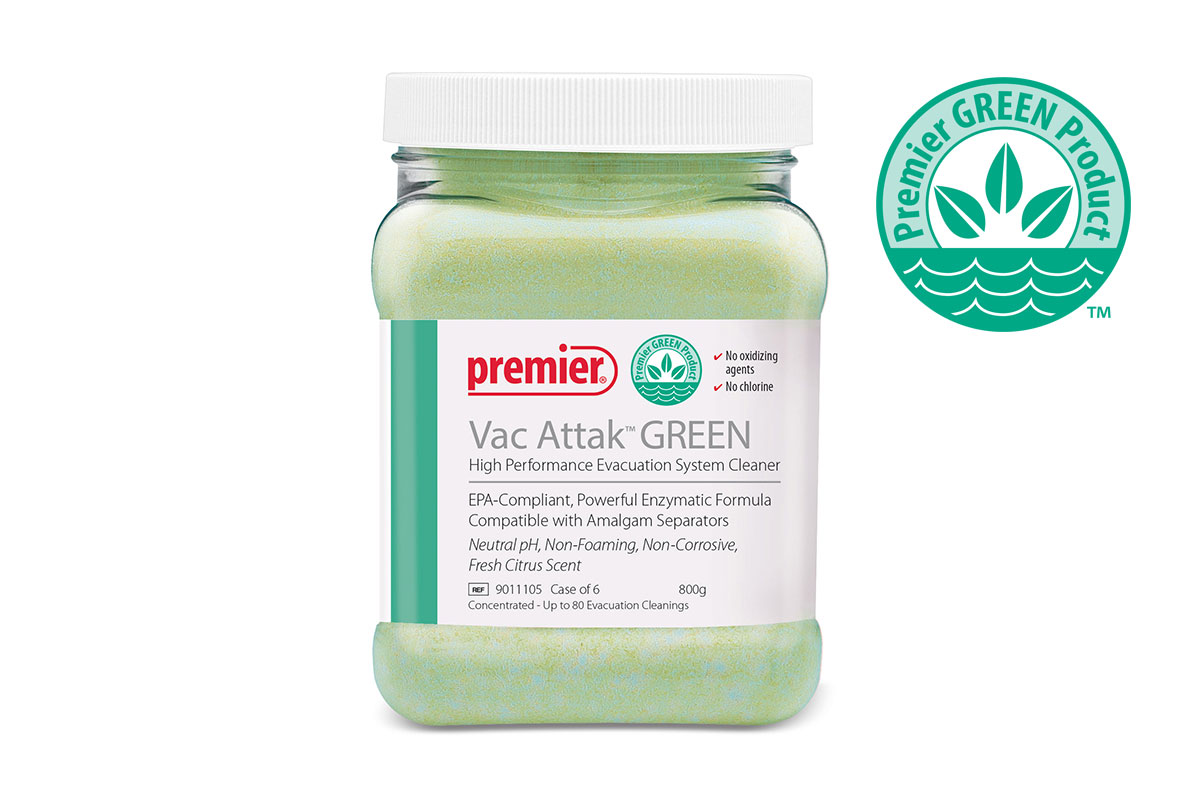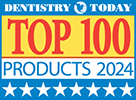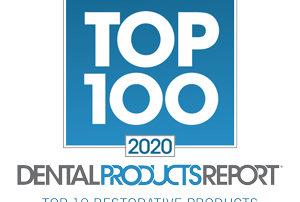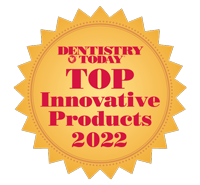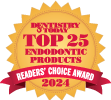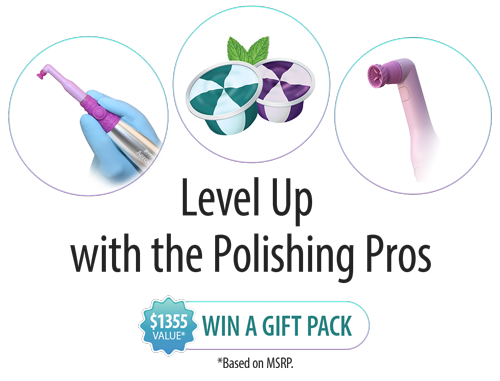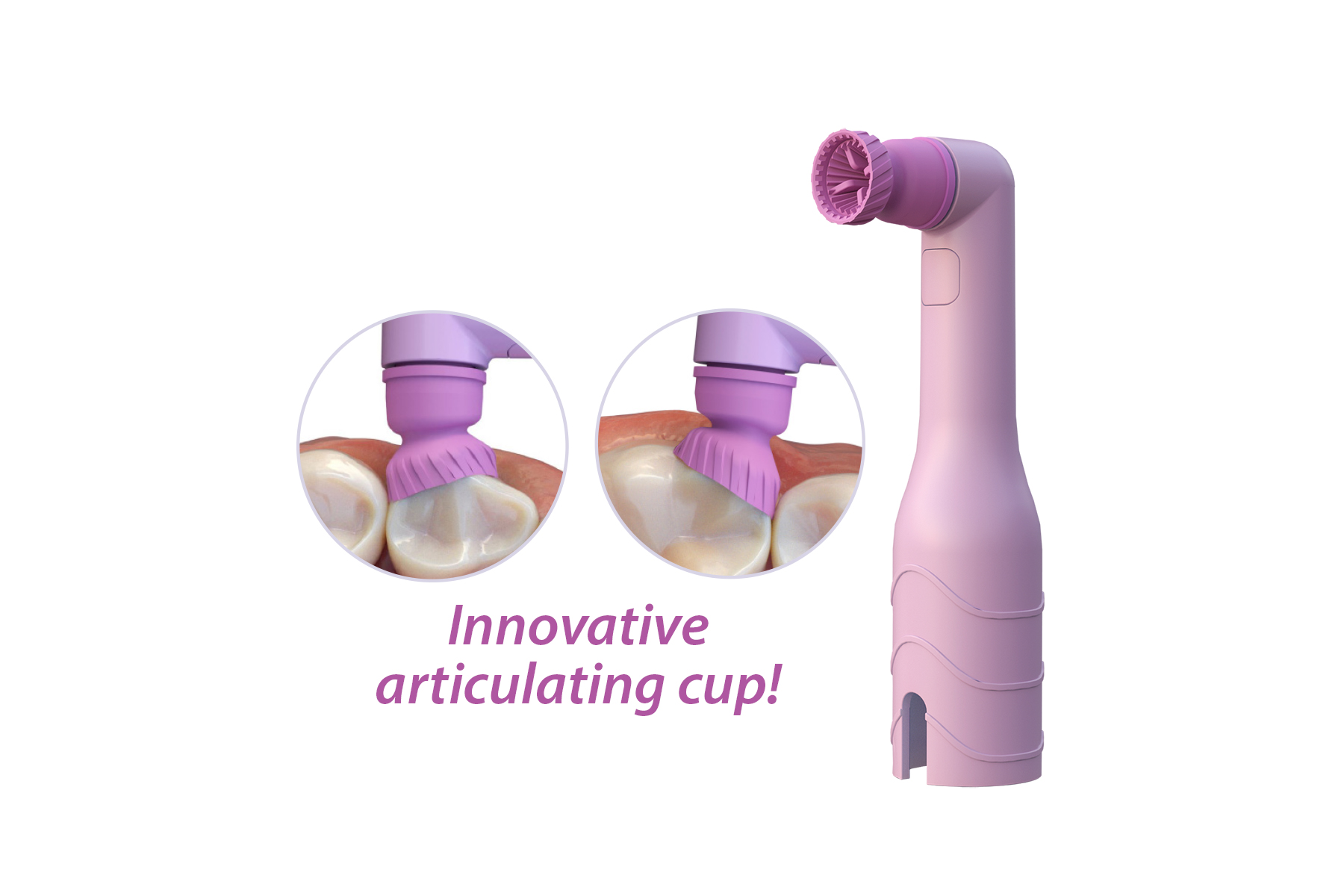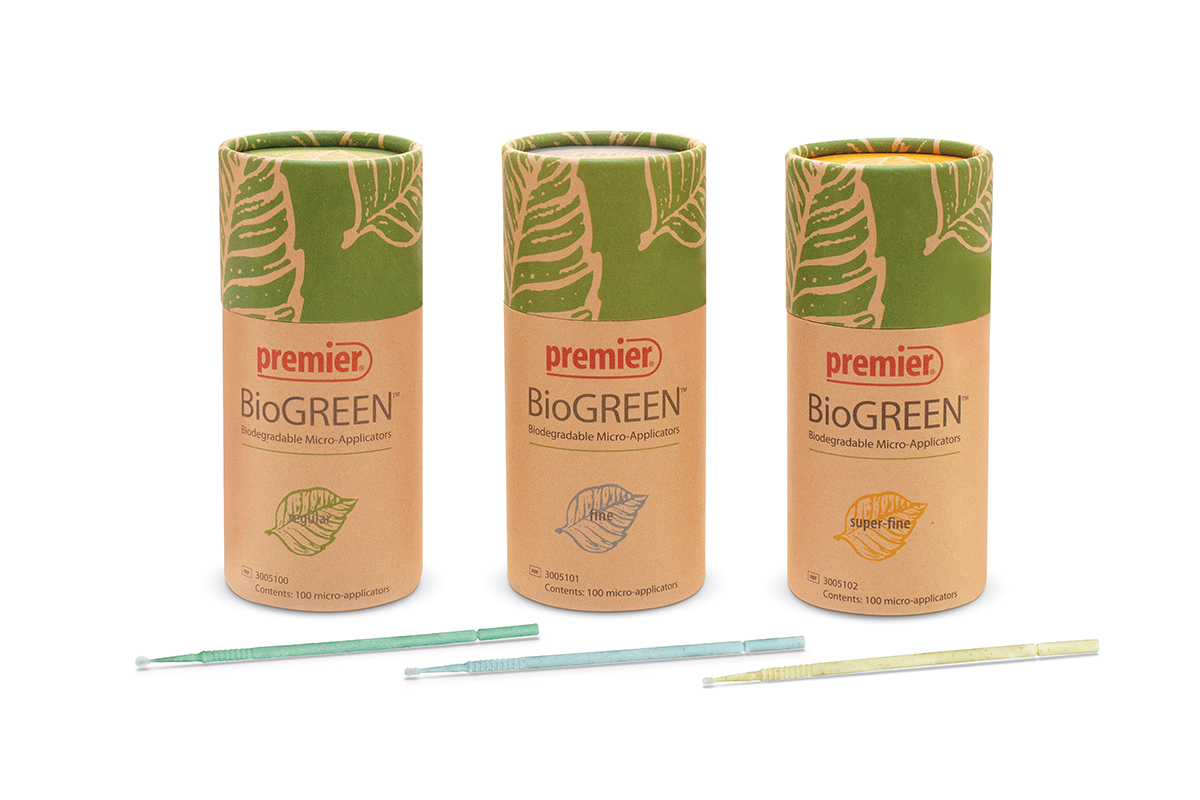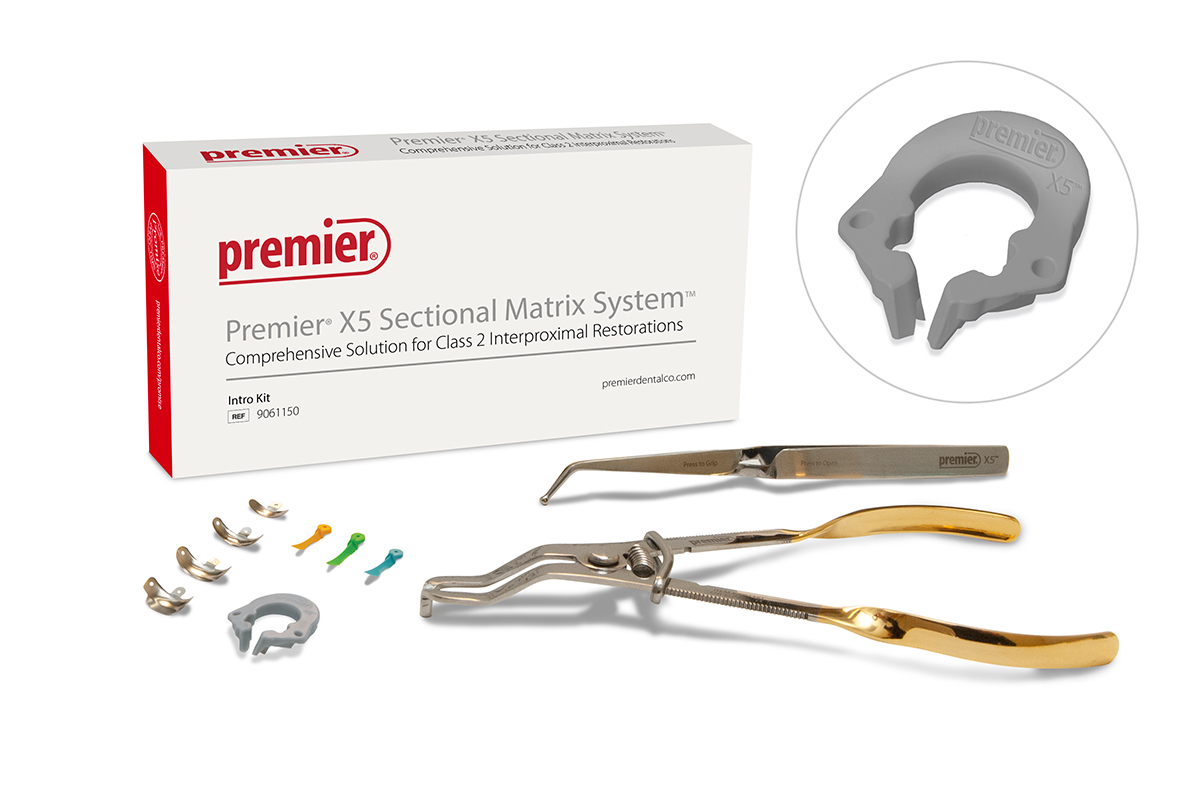1. Prohibit the discharge of waste (or scrap) into the water ways. Flushing waste amalgam from chair-side traps, screens, vacuum pump filters, dental tools, or collection devices into drains is prohibited;
2. Prohibit the use of line cleaners that may lead to the dissolution of solid mercury when cleaning chair-side traps and vacuum lines. Those cleaners include but are not limited to bleach chlorine, iodine and peroxide that have a pH lower than 6 or greater than 8.
Some dental specialty offices are not subject to the rule, examples include: oral pathology, oral and maxillofacial radiology, oral and maxillofacial surgery, orthodontics, periodontics, prosthodontics.
The rule states that dentists that do not place or remove amalgam except in “limited circumstances” as a frequency of less than five percent of their procedures, would be exempt from further requirements of the rule. In that instance, the dentist would only need to file a one-time compliance report. According to data the EPA obtained, if a practice removes 9 cases or less of amalgam per year, the practice may not need to purchase an amalgam separator. With respect to the 9 cases, the EPA means the removal of amalgam from one tooth at each of those cases, not multiple teeth.
Dental facilities that do not discharge their amalgam process wastewater in publicly owned treatment works are not subject to this rule’s requirements.
Mobile dental units are exempt.
Dentists who already have separators are grandfathered for 10 years.
Dental offices must submit a one-time compliance report by October 12, 2020.
